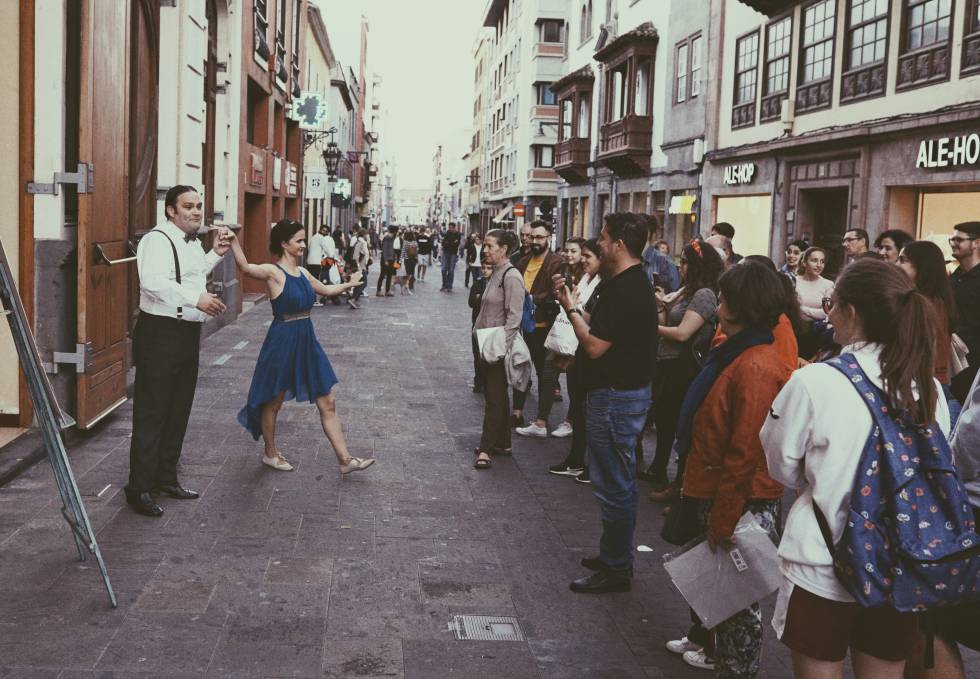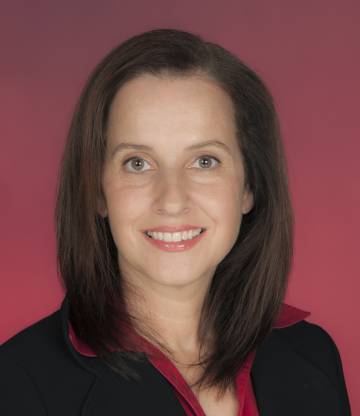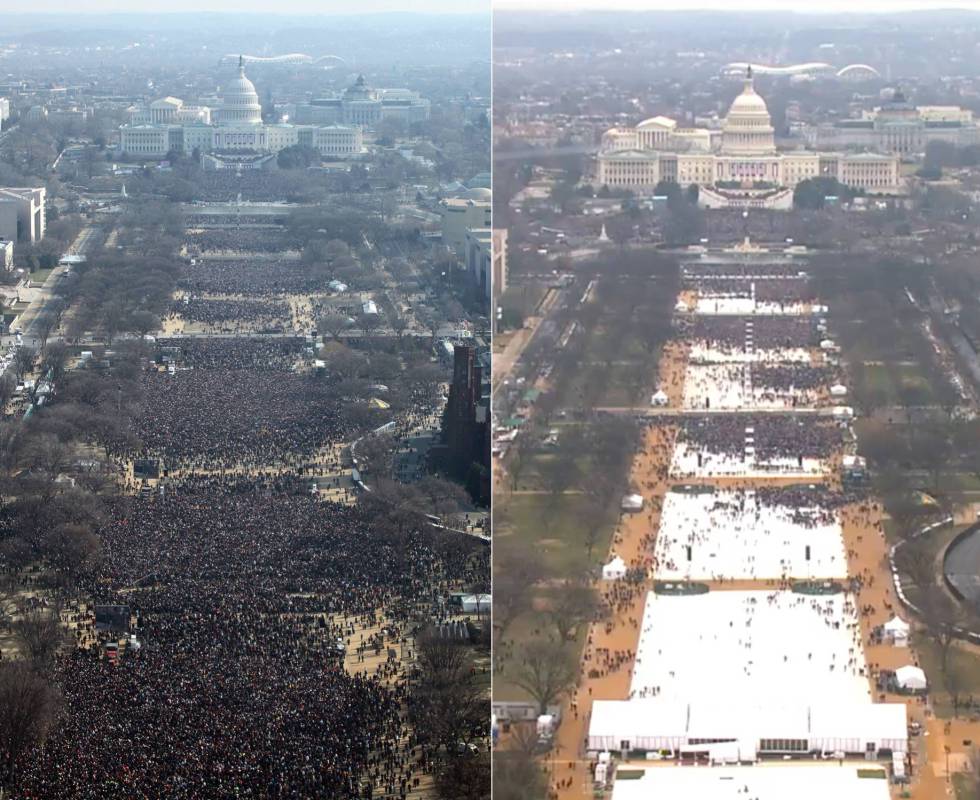“Studying magic is fundamental to combating political manipulation”
Spanish neuroscientist Susana Martínez-Conde analyzes illusions to encourage critical thinking in the era of Trump’s “post-truths”

Members of the public watch one of the shows at the neuro-magic festival MágicaMente.
Susana Martínez-Conde is very familiar with the world of magic, but not because she is good at sleight of hand. As director of the Laboratory of Integrative Neuroscience at the State University of New York (SUNY), she specializes in analyzing the way illusions play with our perceptions of reality. And that is what magic is all about.
But so is politics, it turns out. Especially today’s politics.
Gaining awareness that we can be manipulated is critical to avoiding it
SUSANA MARTÍNEZ-CONDE, NEUROSCIENTIST
“There is a cognitive challenge in magic, but overall it is more of an emotional experience than it is a pastime to test our abilities,” says Martínez-Conde.
“Trump’s gall when he talks about alternative facts is remarkable, but as a neuroscientist who works with illusions, it is not quite as surprising: our brains are very susceptible to manipulation,” she explains.
The scientist spoke with the EL PAÍS’ science section, Materia, before flying out to Spain’s Canary Island of Tenerife, where she is participating in the MagicaMente International NeuroMagic Festival. For a week, top magicians and relevant neuroscientists such as Martínez-Conde will take the stage to help the audience understand the tricks of the mind through the tricks of magic.

“It’s been 10 years already since my husband and colleague Stephen Macknik and I first started to work with this idea of neuromagic,” she explains. “Even though they might seem very distant disciplines, they have many points in common.”
“Magic helps us understand the brain’s processes,” says Martínez-Conde, listing things like perception mechanisms, attention management, cause-effect inferences, the illusion of memory, decision-making and more. All of these mental processes are like a toolbox that magicians work with, whether they know it or not, and they are essential in the study of the brain.
A case in point: distracting the audience with one hand while you place the card right in front of their eyes. “But it would be reductionist to say that magicians are trying to deceive us: that is not the goal; it is just a tool to create the experience of magic,” says Martínez-Conde, who has co-authored several books with her husband, including Sleights of Mind and Champions of Illusion.
The brain mechanisms involved in magic are so sophisticated that they are a good measure of human intelligence. “You can’t do a magic trick to a dog,” she notes. “You can deceive the dog by pretending that you’ve thrown the stick, but I don’t think the dog will experience it as magic, which is a feeling that is based on amazement.” That ability to feel amazed has been observed in the great apes.
“Amazement is born out of the discrepancy between what you see and your expectations. And if you don’t have expectations, then we are missing the foundations to create magic,” says the neuroscientist, who chairs a group that organizes an annual competition called Best Illusion of the Year. “Explaining the mechanisms behind illusions is a fundamental tool to teach critical thinking to the young.”
Trump’s hat
This is the reason why the similarities between magicians’ tricks and politicians’ tricks are so obvious to someone like Martínez-Conde, who has been observing Donald Trump’s own use of “alternative facts.”
The scientist says there are three basic rules to help us figure out which is which. The first rule is that we might not be able to ascertain what is true, but we can still determine what is false. “To our brain, there are no absolute terms, no black and white; it all depends on the context.” For instance, when Trump claimed that the crowd at his inauguration ceremony was the largest ever, a simple comparison of bird’s-eye photographs was enough to prove him wrong.

The second rule is that offering one’s opinion with great self-confidence does not turn that opinion into an objective fact. A famous example was the blue-and-black or white-and-gold dress, a picture that went viral in February 2015, with people stating with equal assurance that it was either one or the other. Yet we know that it was just a matter of perception. “You might think of the two competing interpretations of the dress as two equally valid sets of ‘alternative facts.’ Except for this: if you illuminated the dress with a simple white light, then it would look blue and black to everybody,” wrote Martínez-Conde in an article for Scientific American magazine.
The third rule is that perception depends on perspective, but subjectivity is not a measure of reality. “The study of the causal mechanisms in magic is essential to counter political manipulation,” warns the neuroscientist. “We must learn to train ourselves to resist these influences: gaining awareness that we can be manipulated is critical to avoiding it.”
English version by Susana Urra.





































No hay comentarios:
Publicar un comentario